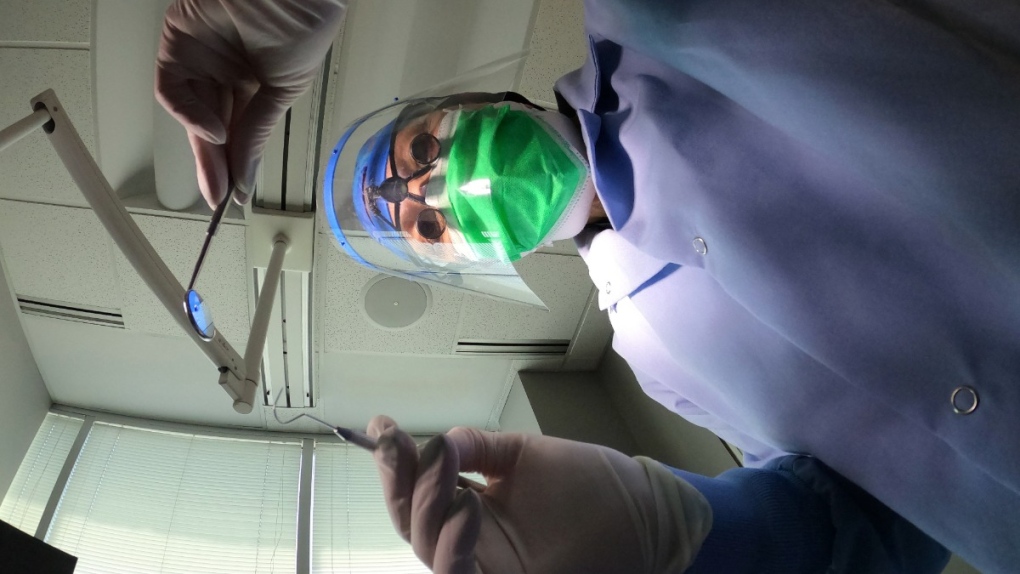
A recent report has highlighted that hundreds of thousands of Canadians may have missed out on government money intended to help with the rising cost of living due to low take-up rates of housing and dental benefits rolled out last year. The analysis by David Macdonald, senior economist at the Canadian Centre for Policy Alternatives, reveals that only 44 per cent of eligible recipients received the one-time top-up to the Canada Housing Benefit, and just over half received the Canada Dental Benefit.
The Canada Housing Benefit offered $500 to low-income renters, with applications closing on March 31. However, the final figure for the cost of the benefit was just under $400 million, which means only one-third of the allocated funds went out to low-income renters. The Canada Dental Benefit, which was rolled out in the fall to provide families with up to $650 per child under 12 for dental care, was estimated to cost $352 million for the 2022-23 fiscal year, but only $156.3 million had been disbursed by the end of March, amounting to about 44 per cent.
Macdonald attributes the low take-up rates to several factors, including a more «invasive» application process compared to the Canada Emergency Response Benefit, with the housing benefit requiring applicants to submit rent receipts or a letter from their landlord. He suggests that the federal government could have eased the requirements for applying, or at the very least, better informed Canadians about the programs. For example, the CRA could have used its tax filing data to identify and notify individuals below a certain income threshold who may be eligible for the benefits.
The federal government has advertised these measures as part of its affordability plan and targeted assistance for those who need it the most. However, the updated figures reveal that many Canadians may have been left behind during a cost-of-living crunch. Macdonald criticized the government for failing to effectively distribute the money to those who need it most, especially during a period of inflation and higher prices.
In response to the report, the Canada Mortgage and Housing Corporation stated that it and the CRA had launched communication and outreach activities to raise awareness about the benefits, but acknowledged the challenges of reaching the estimated number of eligible recipients due to the voluntary nature of the program.
As the cost of living continues to rise in Canada, the low take-up rates of these housing and dental benefits highlight the need for more effective and accessible programs to provide support to those who are most vulnerable. The federal government should consider simplifying the application process and improving communication efforts to ensure that eligible Canadians are aware of and can access the benefits they are entitled to receive. It is essential to address the barriers to participation and ensure that government assistance reaches those who need it most in a timely and efficient manner.